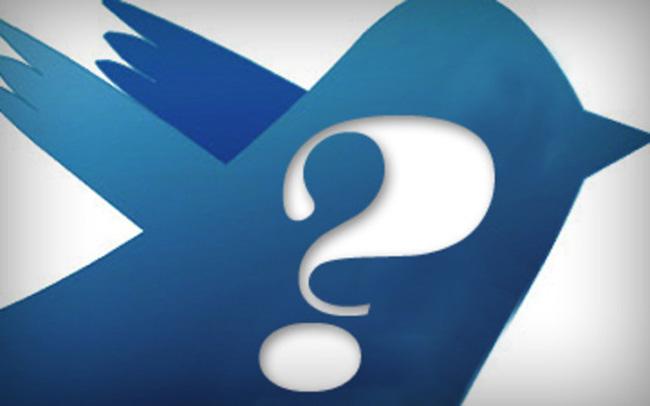
According to TwitterAudit, an analytical tool used to separate the fake followers from the real, only 61 percent of Donald Trump’s total 4.62-million Twitter followers qualify as real. Just four months ago, Trump’s fake followers only totaled approximately 10 percent. However, Trump doesn’t have the largest number of fake followers -– of Hillary Clinton’s 4.45 million followers, only 59 percent are real. Which candidate, then, has the least amount of fake Twitter followers? That title goes to Bernie Sanders, with 89 percent of his 866,000 followers being authentic.
It isn’t just current candidates whose Twitter accounts that have been placed under the microscope. In 2012, CNET noted how suspicious it was when Mitt Romney’s Twitter account suddenly gained 116,000 followers overnight, and in 2013, Mashable commented that as many as 30 percent of President Obama’s millions of followers could be fake accounts as well.
There are any number of explanations for large numbers of fake followers, but the accusation that is often made is that fake accounts have been purchased through services that sell followers to beef up the account holder’s numbers. Although the increase can look appealing and serve as a great ego boost, paying for fake followers can also damage the account holder’s credibility and increase the risk of being hacked.
As we’ve said before regarding fake followers, “You can’t go from zero to Justin Bieber on Twitter overnight without a little black magic, and in the Twitter follower business, this means resorting to some underhanded tricks to pump up numbers.”
Editors' Recommendations
- Twitter’s SMS two-factor authentication is having issues. Here’s how to switch methods
- The most followed Twitter accounts
- Twitter’s misinformation problem will never disappear as long as bots exist
- Zuckerberg: Facebook wouldn’t have fact-checked Trump
- Trump plans executive order targeting social media after Twitter fact-check spat


